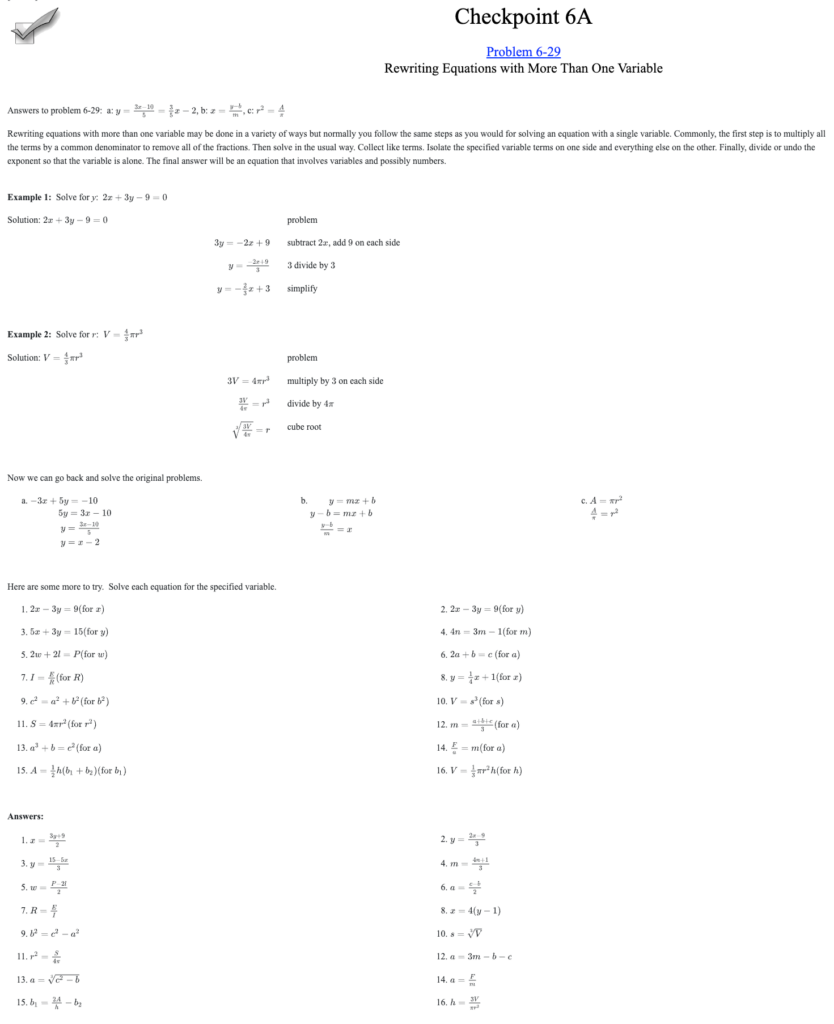Chris Mikles, Director of Teacher Education
Visiting classrooms this week I was reminded of how much I have learned by sitting in SPED classes. The teachers are wonderful and have shared with and taught me a lot.
I remember having a SPED teacher telling me that music is very important in her classroom. She said that the best choice of music was one where the beat was close to the tempo of our heartbeat. I never found that music, but in my class I played the Beatles and the Beach Boys, and that worked to soothe the personalities in my classroom. If you use music, please share your experiences. If you do not, try it and see what happens. I would suggest you use your music and not necessarily what the students always listen to. Below is an excerpt from the article Music and Learning: Integrating Music in the Classroom by Chris Boyd Brewer.
BRINGING EDUCATION TO LIFE WITH MUSIC
How is it that for most people music is a powerful part of their personal life and yet when we go to work or school we turn it off? The intentional use of music in the classroom will set the scene and learning atmosphere to enhance our teaching and learning activities. Plus, using music for learning makes the process much more fun and interesting! Music, one of the joys of life, can be one of the joys of learning as well. The following pages give you suggestions for when and how to use music during your teaching or training. With these techniques, you, the teacher, can orchestrate a classroom environment that is rich and resonant– and provide learners with a symphony of learning opportunities and a sound education!
Music helps us learn because it will–
- establish a positive learning state
- create a desired atmosphere
- build a sense of anticipation
- energize learning activities
- change brain wave states
- focus concentration
- increase attention
- improve memory
- facilitate a multisensory learning experience
- release tension
- enhance imagination
- align groups
- develop rapport
- provide inspiration and motivation
- add an element of fun
- accentuate theme-oriented unit
Movement
I really believe that movement is very important in the classroom. Even taking a ten second “Stand up and tell the person next to you what you just learned or a question that you still have about the lesson” will benefit student learning. For block classes, I think using movement as a transition from one lesson to the next can also be very important to learning. Movement helps dendrites grow just as making connections in your learning does. Even doing something silly as a brain break can reenergize the students. See https://brainbreaks.blogspot.com/ for ideas.
Stress Balls
One of the best lessons I learned from a SPED teacher was using stress balls; not for me but for the students. I bought five of them and had them available for the students to use. We had rules about their use and the students were very mindful of those rules. I explained the benefits, and believe me, the stress balls were always in use. The way to use them is to have the students squeeze the stress ball in their non-dominant hand while they are writing. It helps the students concentrate on what they were doing. I noticed the behavior became better and the off task time was less frequent. Have you used stress balls or something similar in your class? If so, please share.


